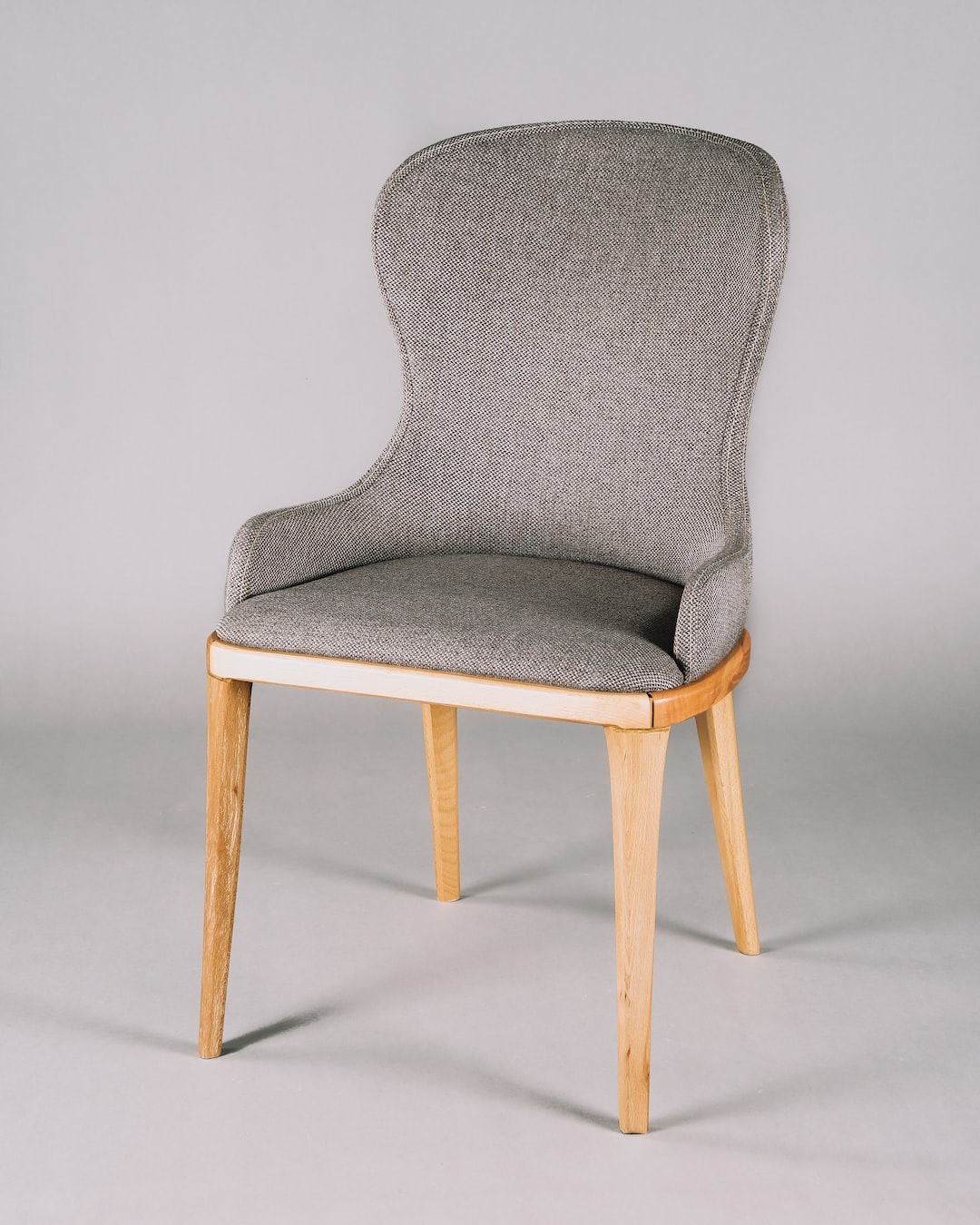The Role of Texture in Furniture Design
When it comes to designing furniture, there are various elements that need to be carefully considered in order to create a visually appealing and functional piece. One such element that plays a crucial role in furniture design is texture. Texture refers to the tactile quality or surface characteristics of an object, and in furniture design, it can greatly influence the overall look, feel, and user experience of a piece. In this blog post, we will explore the role of texture in furniture design and how it impacts the overall aesthetic and functionality of a piece.
Firstly, texture adds depth and visual interest to furniture. Smooth and glossy surfaces may appear sleek and modern, while rough or textured surfaces can create a more rustic or natural look. By incorporating different textures within a piece of furniture, such as using a combination of wood, metal, and fabric, designers can create a visually captivating piece that catches the eye and adds a unique focal point to a space. Whether it’s a soft, plush fabric upholstery on a sofa or a rough, weathered wood finish on a coffee table, texture adds dimension and richness to furniture, making it more visually appealing.
Moreover, texture also enhances the tactile experience of using furniture. When we interact with furniture, we don’t just look at it; we touch and feel it too. The texture of a surface can greatly influence the user’s experience and perception of comfort. For instance, a velvet fabric upholstery may feel luxurious and inviting, whereas a rough, textured surface may give a sense of durability and sturdiness. By carefully selecting materials with different textures, designers can create furniture pieces that not only look great but also feel comfortable and enjoyable to use.
In addition to visual and tactile benefits, texture also plays a role in the functionality and practicality of furniture. Different textures can have distinct functional qualities that can be applied to various furniture pieces. For example, a smooth and non-porous surface may make it easier to clean and maintain a dining table, while a rough and textured surface may provide better grip and prevent slipping on a chair. In this sense, texture becomes an important consideration in the design process to ensure that the furniture is not only aesthetically pleasing but also functional and practical for everyday use.
Furthermore, texture can also evoke emotions and create a mood within a space. Different textures can evoke different feelings and emotions. For example, a smooth and polished surface may create a sense of elegance and sophistication, while a rough and distressed texture may evoke a cozy and rustic atmosphere. By consciously selecting textures that align with the desired mood or ambiance, designers can create furniture pieces that contribute to the overall aesthetic and atmosphere of a space.
Lastly, texture can be used as a design tool to create visual balance and harmony in a room. By incorporating textures that complement each other or juxtapose, designers can create a cohesive and visually pleasing composition. For instance, pairing a smooth leather armchair with a textured, woven throw pillow can create an interesting contrast and add visual interest to a living room. Texture, when used effectively, can bring harmony to a space and tie together different elements within a room.
In conclusion, texture plays a pivotal role in furniture design. From adding depth and visual interest to enhancing the tactile experience, texture greatly influences the overall aesthetic and functionality of a furniture piece. Designers must carefully consider the use of different textures to create visually captivating, tactilely comfortable, and functional furniture that contributes to the overall look and feel of a space. So, the next time you’re shopping for furniture or considering a design project, pay attention to the texture and explore the endless possibilities it offers in creating beautiful and functional furniture pieces.

